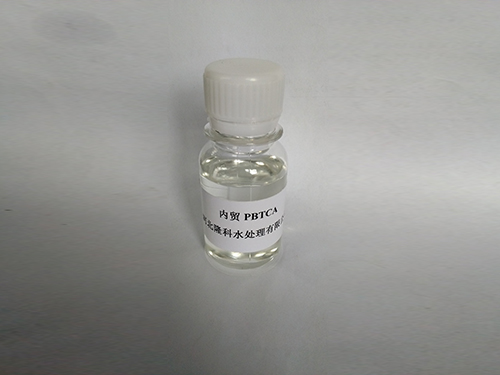flocculant chemicals for water treatment
The Role of Flocculant Chemicals in Water Treatment
Water is essential to life, yet ensuring its purity has become an increasing challenge in our modern world. With rapid industrialization, urbanization, and population growth, the demand for clean water has surged. Flocculant chemicals have emerged as pivotal agents in the water treatment process, facilitating the removal of impurities and improving overall water quality. This article explores the functions and types of flocculants, their significance in water treatment, and their advantages and challenges.
Understanding Flocculants
Flocculants are chemical agents that promote the agglomeration of suspended particles in water, forming larger particles called flocs. This process, known as flocculation, is crucial for clarifying water by separating solids from liquids. The effectiveness of flocculants hinges on their ability to neutralize the charges of suspended particles, allowing them to group together and settle at the bottom of a treatment vessel.
Types of Flocculants
Flocculants can be broadly categorized into two types organic and inorganic agents.
1. Organic Flocculants These are typically based on natural or synthetic polymers. Common examples include polyacrylamides and polyethylene oxide. Organic flocculants are favored for their effectiveness in low-dose applications, flexibility in formulation, and ability to enhance the settling rate of particles.
2. Inorganic Flocculants The most widely used inorganic flocculant is aluminum sulfate (alum), which reacts with water to form a gel that traps suspended particles. Other examples include ferric sulfate and polyaluminum chloride. Inorganic flocculants can be highly effective but may require higher dosages compared to their organic counterparts.
The Significance of Flocculants in Water Treatment
The utilization of flocculants in water treatment processes serves several critical functions
flocculant chemicals for water treatment

1. Enhancing Removal Efficiency Flocculants significantly improve the efficiency of the sedimentation and filtration processes. By enabling the formation of larger floc particles, they facilitate quicker and more effective separation of contaminants from water.
2. Reducing Water Treatment Costs The optimization of the flocculation process can lead to lower operational costs. Enhanced settling and filtration reduce the need for extensive treatment infrastructure and energy consumption.
3. Improving Water Quality Flocculants help in removing not only suspended solids but also organic matter, pathogens, and various pollutants, resulting in cleaner and safer water for consumption and industrial use.
4. Supporting Compliance with Regulations Water treatment facilities must adhere to strict regulations regarding water quality. The application of flocculants ensures that treatment systems can meet required standards and provide safe drinking water.
Advantages and Challenges
While flocculants have numerous advantages, they are not without challenges.
Advantages - High efficiency in removing a wide range of contaminants. - Cost-effectiveness in reducing chemical consumption and operational expenses. - Versatility for use in various water treatment scenarios, from municipal supplies to industrial applications.
Challenges - The need for precise dosage control to avoid overuse, which can lead to residual chemical concerns in treated water. - Potential environmental impacts associated with certain types of flocculants, particularly synthetic polymers, which can pose risks if not managed properly. - Variability in performance based on water chemistry, particle size, and concentration, necessitating ongoing monitoring and adjustment.
Conclusion
Flocculant chemicals play an indispensable role in modern water treatment processes, enhancing the clarity and safety of water for various uses. Understanding the types, benefits, and challenges associated with flocculants is crucial for developing effective water management strategies. As we continue to face global water scarcity and contamination issues, flocculants will remain a key component in the quest for sustainable and safe water resources. Through advancements in flocculant technology and their application, we can improve water quality and conservation efforts, ensuring a healthier future for our environment and society.
-
Water Treatment with Flocculant Water TreatmentNewsJun.12,2025
-
Polymaleic AnhydrideNewsJun.12,2025
-
Polyaspartic AcidNewsJun.12,2025
-
Enhance Industrial Processes with IsothiazolinonesNewsJun.12,2025
-
Enhance Industrial Processes with PBTCA SolutionsNewsJun.12,2025
-
Dodecyldimethylbenzylammonium Chloride SolutionsNewsJun.12,2025





